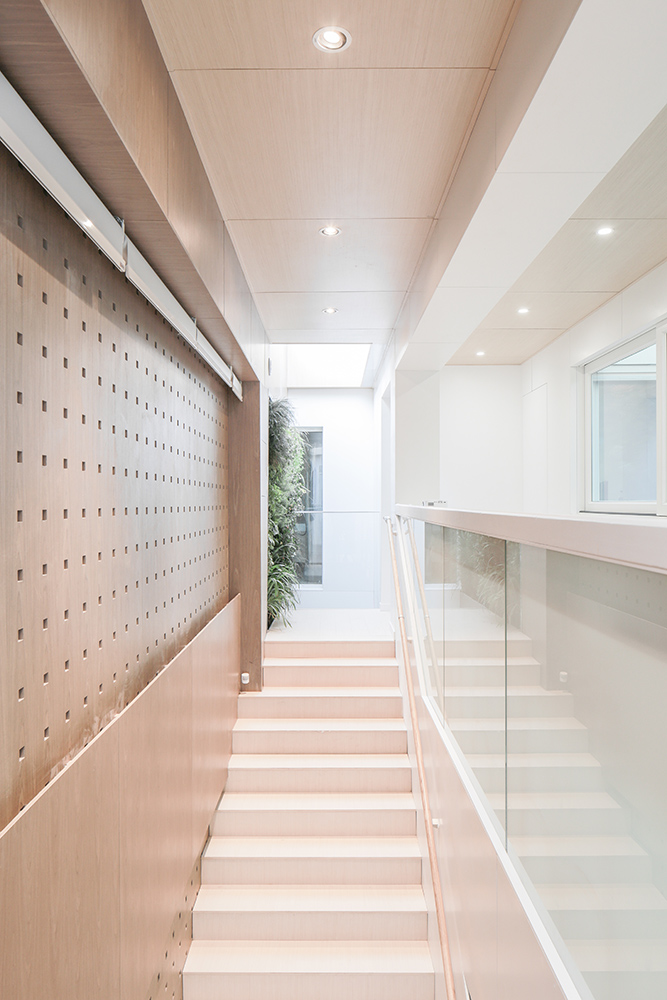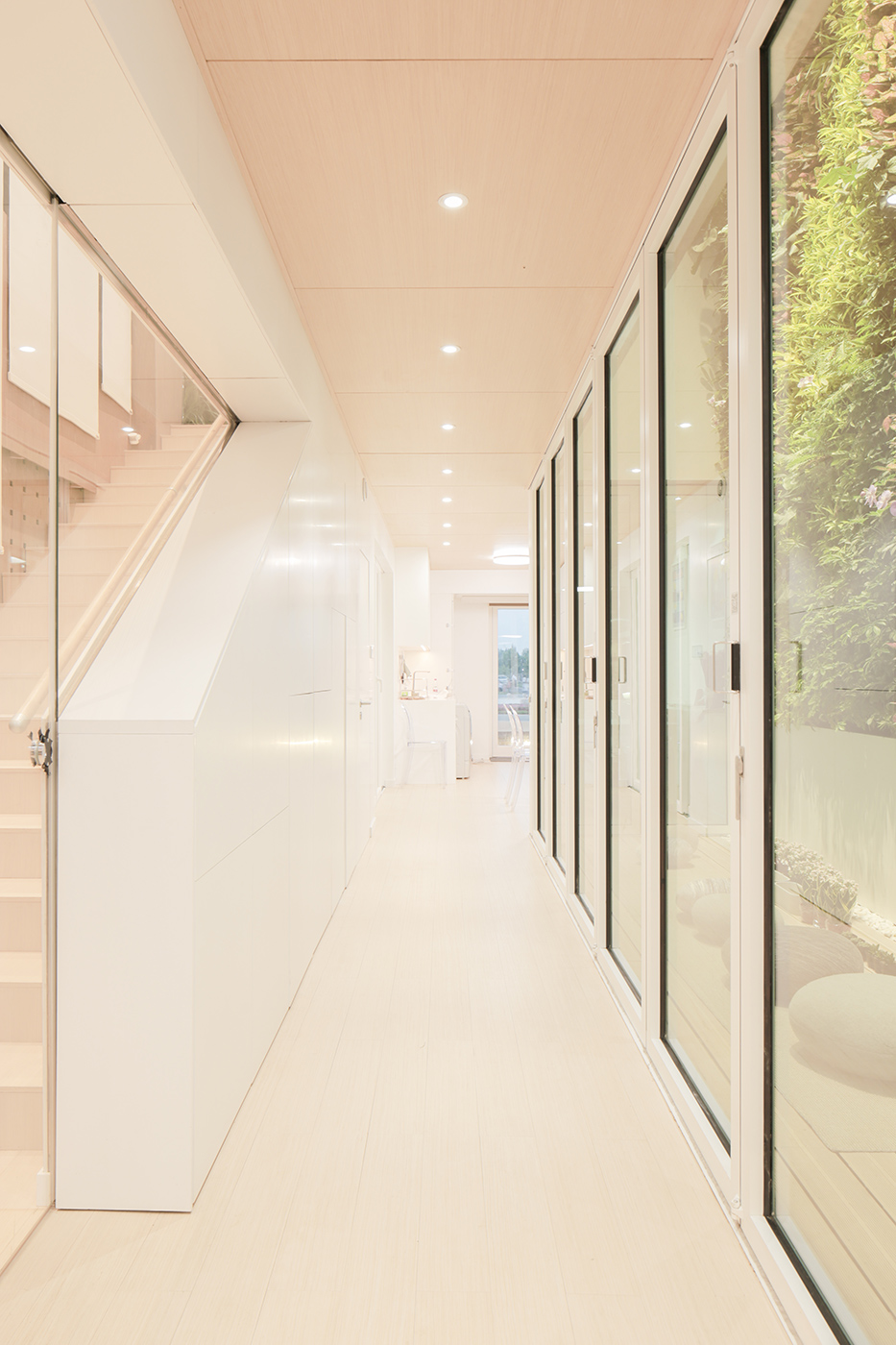APPLIED RESEARCH
Solar Decathlon China 2018
2017-2018
In August 2018 the joint team of professors and students of both Politecnico di Torino (PoliTO) and South China University of Technology in Guangzhou (SCUT) has been awarded the 1st prize in the second Edition of the Solar Decathlon China contest.
Solar Decathlon was launched in 2002 by the American Department of Energy and it is now organised in five parallel editions in Europe, China, South America and Caribbean, Middle East and Africa. The objective of the competition is to design, build and run an Net Zero Energy Building, that is, a single-family house exclusively powered by solar energy.
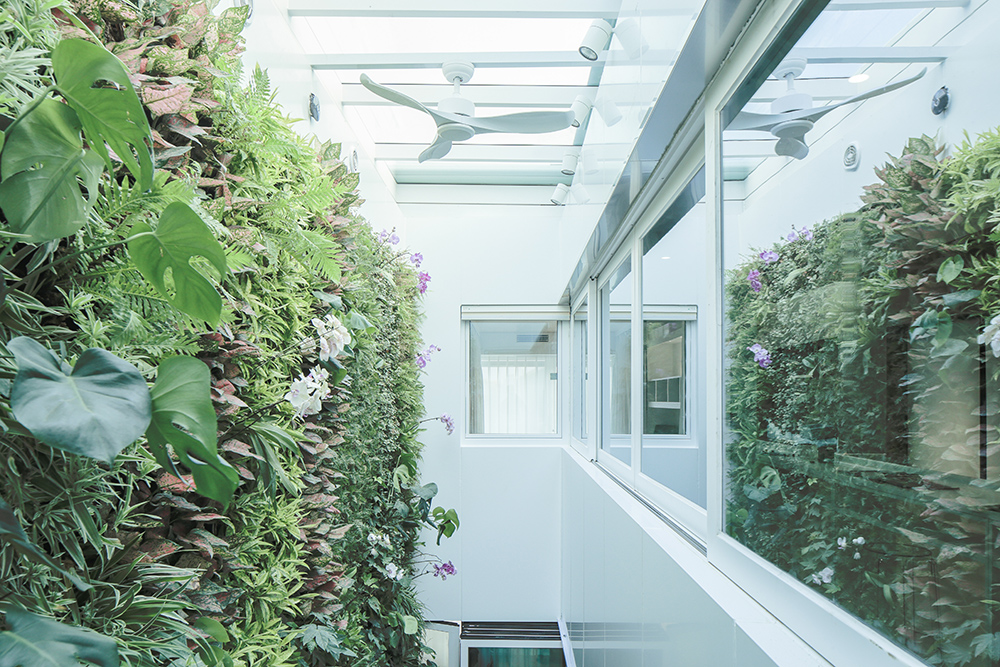
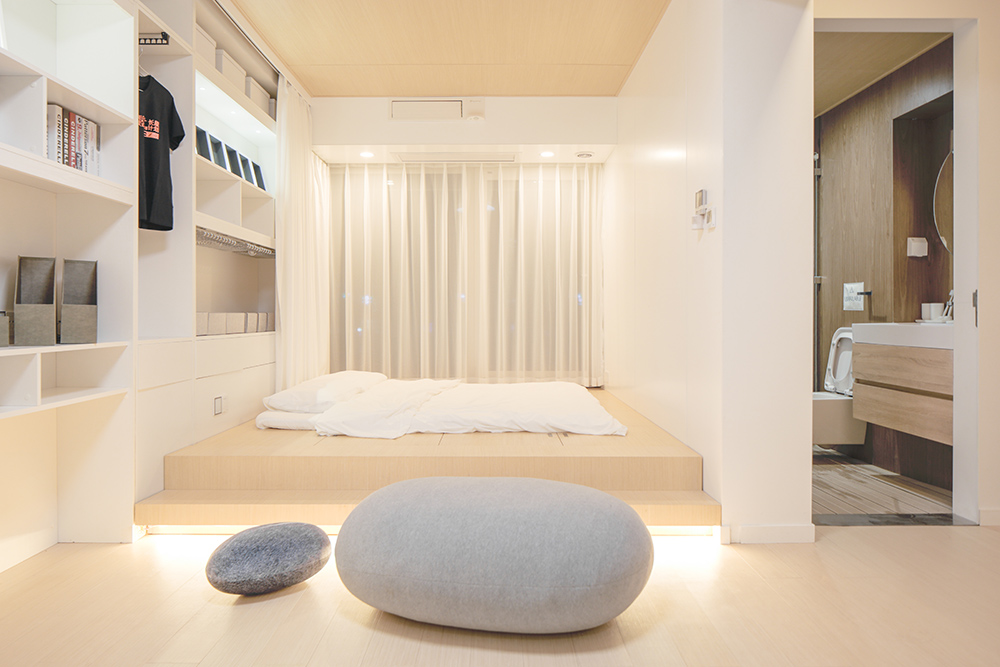
CREDITS:
Leading University: Politecnico di Torino (DAD + DENERG + China Room research group)
Partner Institutions: South China University of Technology, and Links-Siti research group
Research Grant: Solar Decathlon China 2018
Principal Investigators: Mauro Berta
Research Team: Michele Bonino, Edoardo Bruno, Orio De Paoli, Enrico Fabrizio, Marco Filippi, Francesca Frassoldati, Zhong Guanqiu, Xu Haohao, Wang Jing, Matteo Robiglio, Valentina Serra, Sun Yimin, Xiao Yiqiang, Zhang Yufeng.
Architectural Design: Lorenzo Ranzani, Adriano Aimar, Chiara Cordopatri
Structural Design: Carlo Alberto Monteverde, Irene Gramaglia
Technical Design: Andrea Bonetto, Valentino Attanasio, Ilaria Durando
Testing Application: Lorenzo Civalleri, Alessio Messina, Ciro Lisciandrello
Comunication: Lucia Filippini
MAIN OUTCOME:
Building Construction: Long-Plan
Award: First Prize
Competition: Solar Decathlon China 2018
Organiser: China Overseas Development Association
Period: August 2nd – 17th, 2018
Location: Dezhou, Shandong Province
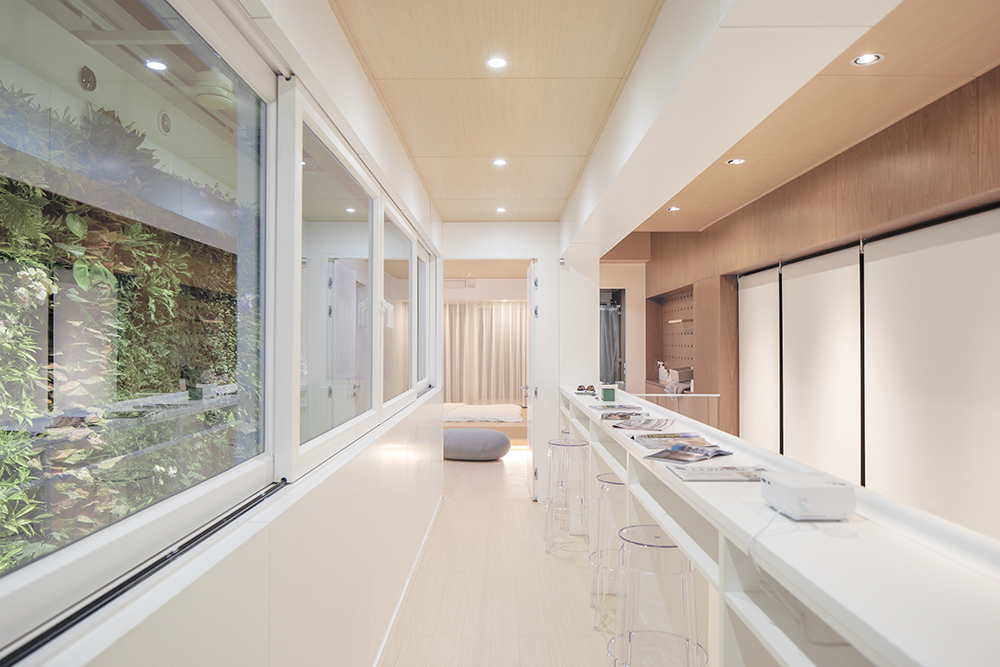

Solar Decathlon was launched for the first time in 2002 by the American Department of Energy It was one of the most important international design competitions, addressed to teams of Architecture and Engineering professors and students. The objective was to design, build and run an NZEB (Net Zero Energy Building) single-family house exclusively powered by solar energy. During the competition, the buildings were inhabited by the team members. Moreover, they had to undergo 10 proofs whose results – assigned by a technical jury – took into consideration multiple aspects, such as: power generation, innovation, market appeal, overall architectural quality etc. SCUT-PoliTO’s proposal tried to challenge the dominant model of the detached house — which would have entailed a wider land area exploitation — working instead on the “narrow house” typology (single-family terraced houses). This choice allowed to obtain a higher density, more privacy and a greater quality of the interior space, compared to the standards of a traditional apartment.
The house, named Long Plan, is equipped with an HVAC and Air Treatment system, but it can also take advantage of a passive cooling
system, exploiting the natural convection. The internal patios host two vertical gardens, contributing to the optimisation of humidity and acoustics. A green wall close to the kitchen is used to cultivate vegetables with the aquaponic technique, which combines a traditional hydroponic cultivation and a fish tank for aquaculture. In order to limit the heating peaks during the hot season the main patio is closed with a vacuum glazing, allowing a higher isolation. Heating is provided by a
capillary tube system; the technical equipment is completed with a double side photovoltaic system, allowing to increase the installed power, thanks to the reflected radiation. The contribution of the different technologies to the optimisation of the internal microclimate are harmonised with the help of a domotic interface. This allows to save a relevant share of the produced energy, which – in a future application at the urban scale – could be shared among the members of the community.
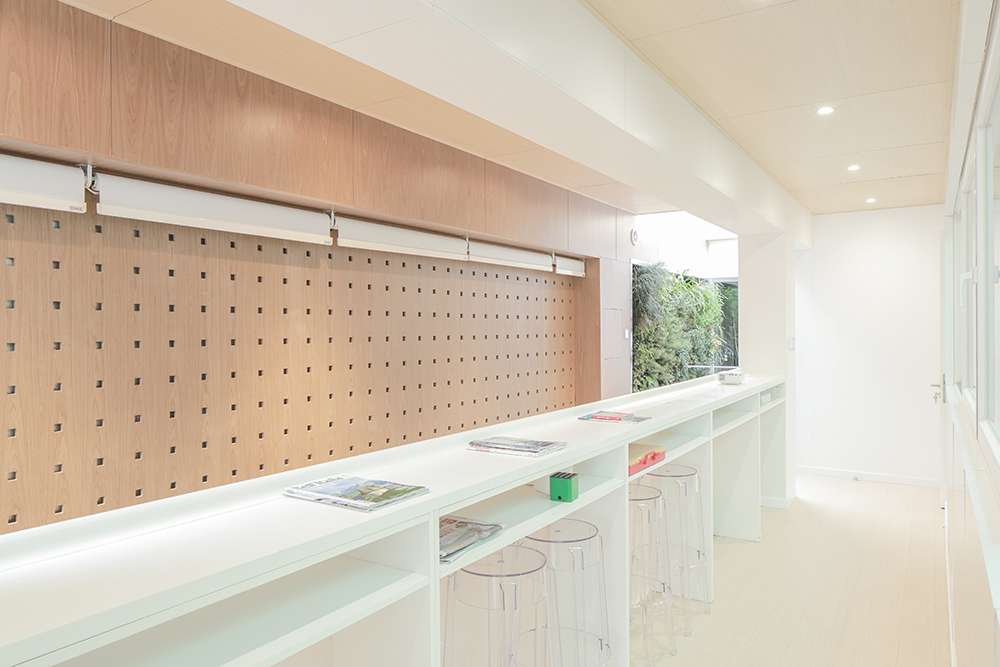
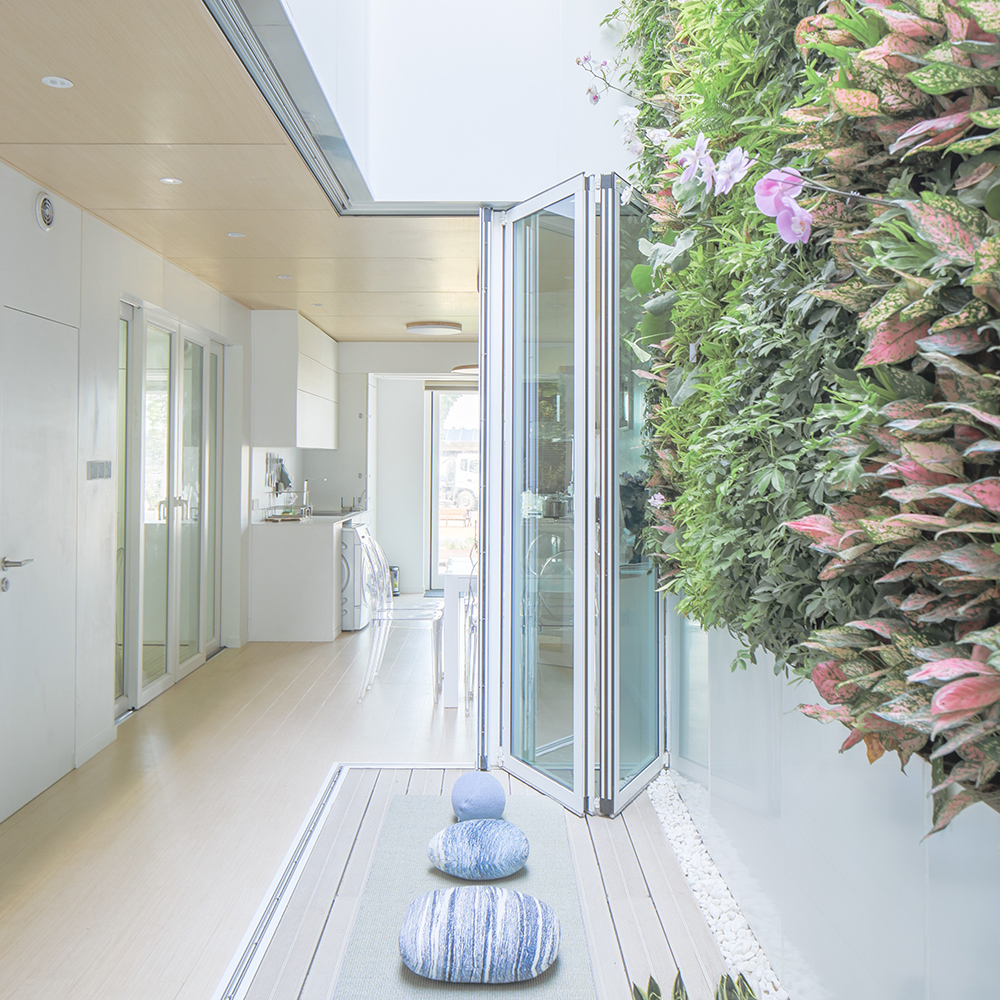
Low rise and high density are, thus, the main features of this model that did not aim to address primarily the limited target of wealthy people, but, instead, the new middle-class market constantly growing in China and increasingly eager to access to higher standards of living. The trump card in the competition was the integrated design process, taking into consideration the architectural aspects, the energy efficiency and the technical integration. The interdisciplinary team of professors and students was awarded thanks to a high grade point average in all the proofs. The competition was also an international showcase, because the buildings were open to the public, and they became, at the end of the exhibition, the core of a new solar neighborhood. In the sunny plain of Dezhou, in the Shandong Province, where the houses were built, 2 million visitors touched with their hands a new model of housing which does not represent a desirable future, but a current possibility, realised with technologies that are already available on the market.
